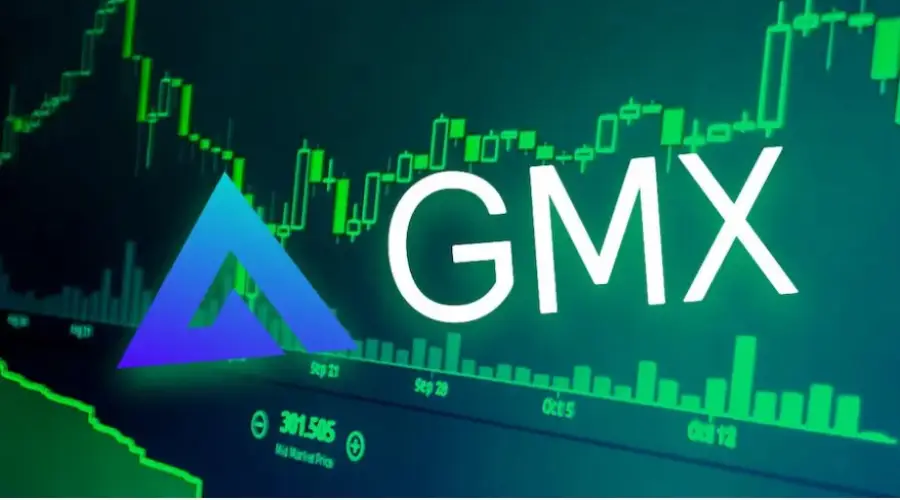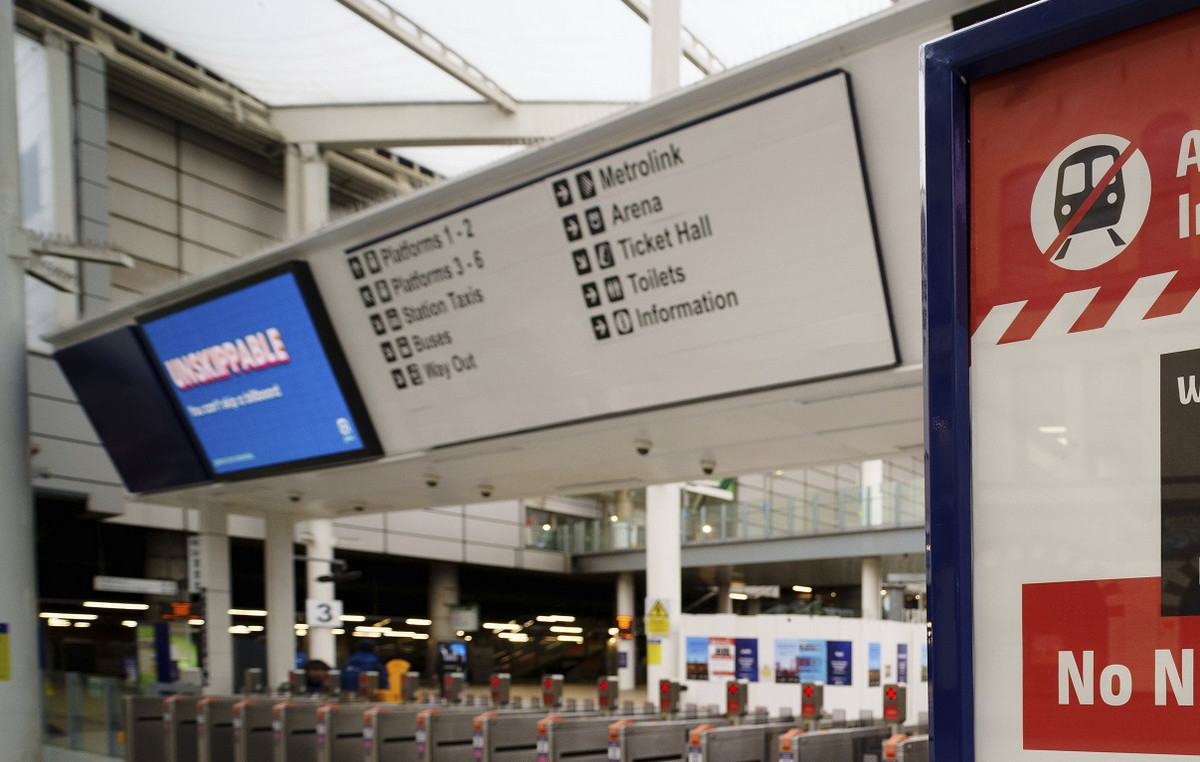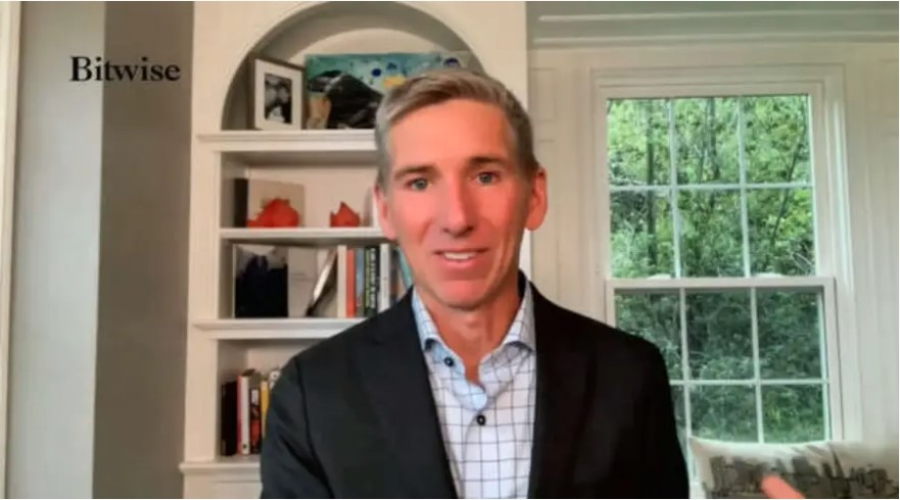In 2023, the Free Contracting Environment (ACL) led to record savings of R$48 billion in electricity expenses in Brazil. This data, released by the Brazilian Association of Energy Traders (Hug)highlights the economic impacts perceived for companies that migrated to the Free Energy Market
With the opening of the segment to all companies in Tariff Group A, these savings will increase exponentially in 2024. According to the National Electric Energy Agency (Aneel), almost 20 thousand companies have already informed their current distributors that they will migrate to Mercado Livre de Energy, signaling that the migration of captive consumers to the modality is on the rise.
Leader of the Free Energy Market, Cemig is the largest Integrated Energy Group in Brazil and operates in 25 states and the Federal District. Currently, the company has 15% of market share segment and created the first e-commerce for retail customers. Through the website Energialivre.cemig.com.br, interested parties can carry out simulations, check the discount offered and even sign the contract.
A Cemig Free Energy allows the customer to save up to 35% on their bill. In addition, the company offers CEMIG-REC and I-REC renewable energy certifications, in addition to digital and facilitated contracting, as well as full contract management.
“Cemig continues to operate in the free market, with the same intensity that has guaranteed it leadership since the mid-2000s. Over these years, we have secured energy supply contracts with some of the most important industrial clients in the country, such as Usiminas and Carrefour, which consolidates Cemig as one of the major players in the segment”, says Dimas Costa, vice-president of Commercialization at Cemig.
Also according to the executive, with the opening of the Free Energy Market for the retail model, the almost 200 thousand potential customers of Tariff Group A across the country have the opportunity to contract energy supply with guaranteed quality, continuity and significant discounts on bills. . “This increases competitiveness in its area of activity, in addition to allowing investments with the amount saved on the energy bill”, he concludes.
Here, clarify the main doubts about the subject and understand why this is already a consolidated alternative:
1. What is the Free Energy Market?
It is a competitive electricity negotiation environment, in which participants are free to choose their company’s energy supplier anywhere in Brazil and to negotiate all commercial conditions, such as price, quantity of contracted energy, period supply, payment methods, among others.
When companies buy energy from the institutions they want, they achieve benefits in both cost reduction and more sustainable impacts. It is worth mentioning that today 80% of the energy consumed by the country’s industries is acquired through the ACL. What’s more: 37% of the energy consumed in Brazil comes from the Free Energy Market.
2. Is the Free Energy Market something new in Brazil?
The Free Electricity Market was legally created in the country through Law 9,074 of 1995. Initially, large industries benefited and were now able to choose their energy supplier. However, since January 2024, medium and high voltage customers (group A), with energy consumption from R$10 thousand, can migrate from the current consumption model to the Free Energy Market, which offers a more advantageous alternative for companies . Thus, consumers from any part of the country gained the right to choose to negotiate the purchase of energy, not only through the local distributor, but also through any other generator. “With the opening to more customers in 2024, the conditions are even more attractive. Without a doubt, this has attracted the attention of managers, after all, the value that was previously allocated to energy can be invested in other areas, which in a certain way will help to boost the competitiveness of companies”, says Cemig manager Marco Aurélio Oliveira Dias.
3. What is the difference between the Free Energy Market and the Captive Market?
The Brazilian electricity sector is divided into a Regulated Contracting Environment (ACR), where there are captive consumers, and a Free Contracting Environment (ACL) formed by free consumers.
Captive consumers are those who pay for electricity, its transmission and distribution, as well as charges and taxes, in a single invoice issued mandatorily by the local distributor that holds the public energy distribution concession in their region.
Free consumers, on the other hand, buy energy directly from generators or traders, through bilateral contracts with freely negotiated conditions, such as price, term, volume, etc. In this case, the consumer unit pays an invoice corresponding to the use of the distribution service to the local concessionaire (regulated energy transport tariff) and one or more invoices relating to the purchase of energy (freely negotiated price for the generation of energy delivered to the system). .
4. What are the advantages of the Free Energy Market?
As the modality provides for the establishment of personalized contracts, it implies a reduction in costs, as the client negotiates the price and has specific proposals for their company. Furthermore, this segment offers the option of choosing 100% renewable energy supply certification. Finally, the Free Energy Market provides financial predictability, as the price rules and indexers are known by the customer during the contracting process, unlike the captive market.
5. Who can buy from the Free Energy Market?
Companies from different segments, such as condominiums, shopping malls, supermarkets, gas stations, industries and agribusinesses, among others, as long as the consumer unit is in Tariff Group A (served at medium and high voltage). Among those who have already joined the Cemig Free Energy are: Usiminas, Itambé, Carrefour, Cinemark, Arcelor Mittal, Tubos e Conexões Tigre.
6. How is the migration to the free Cemig Energy Market carried out?
The customer analyzes the proposals presented by the company and chooses the best plan according to its characteristics. Afterwards, you must end your contract with the local distributor and migrate to Mercado Livre. CEMIG will take care of the entire process of joining the Electric Energy Trading Chamber (CCEE). During this stage, it may also be necessary to adapt the measurement of electrical energy to meet CCEE requirements.
Source: CNN Brasil
I’m James Harper, a highly experienced and accomplished news writer for World Stock Market. I have been writing in the Politics section of the website for over five years, providing readers with up-to-date and insightful information about current events in politics. My work is widely read and respected by many industry professionals as well as laymen.







